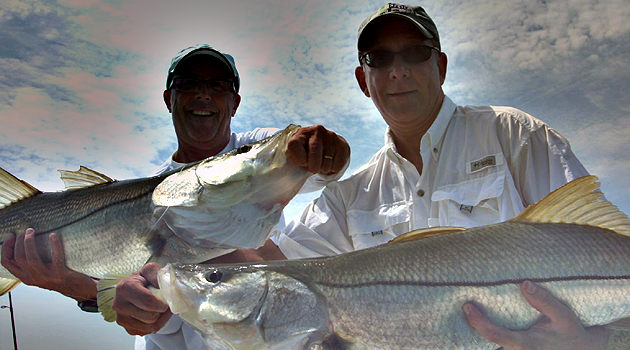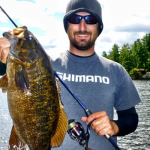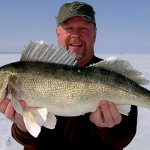Jason Stock’s a Florida fishing guide, not an economist. Nevertheless, he understands the law of supply and demand, so when late fall drives out the remaining parcels of the baitfish schools that were so prevalent during the warm season, he knows that his favorite lures will quickly become a more valued commodity.For several months, massive schools of scaled sardines (aka “pilchards” or “whitebait”) have provided steady food supplies for snook and all the other inshore predators roaming the beaches, bays and backwaters of west‐central Florida.
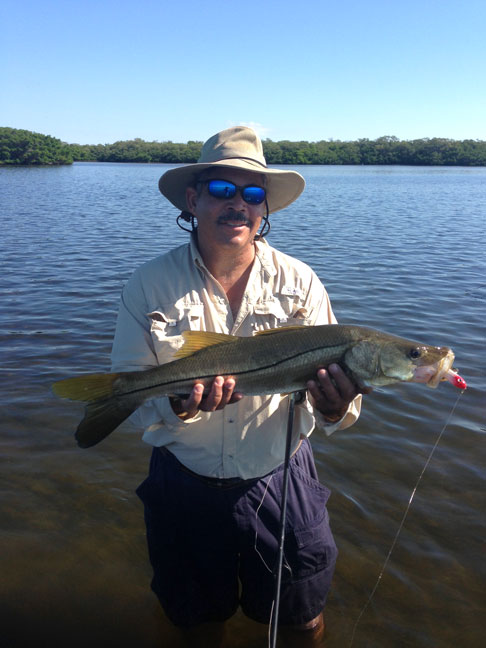 During summer, gamefish with even basic hunting skills could count on filling their bellies with little difficulty, but as fall’s declining temperatures and shortening days signal the forthcoming cold season, Florida’s snook go on a feeding binge that nearly decimates the forage. Add increasingly frequent cold snaps and before the fish even know it, their tasty buffet has vanished.
During summer, gamefish with even basic hunting skills could count on filling their bellies with little difficulty, but as fall’s declining temperatures and shortening days signal the forthcoming cold season, Florida’s snook go on a feeding binge that nearly decimates the forage. Add increasingly frequent cold snaps and before the fish even know it, their tasty buffet has vanished.
But don’t feel bad for the linesiders. These savvy sportfish know how to survive, and adaptability is an essential part of the plan. What does this mean for anglers? It means a notable increase in the snook’s willingness to take artificial baits.
Not that the fish necessarily avoid lures during the warm season; rather, it’s a case of availability. When loads of natural food exists, snook can make a living on an easy food source that requires little discernment. Once that gravy train leaves town, it becomes an eat‐what‐you‐can deal.
“When you have to compete with live bait, it’s hard to get the snook interested in artificials,” Stock said. “But if you can get them fired up on lures (during the colder months) when they’re already looking for something, they’re gonna go for it, especially if it mimics natural forage.”
Here’s a quick look at some of the artificial baits that tempt cold‐season snook:
Topwaters: Stock said that one of the best ways to attract a big‐time winter snook strike is with a mullet‐imitating surface bait. A straightforward walk‐the‐dog retrieve is usually most effective, but Stock likes to vary the sound of his topwater attack.
“I like the Heddon Spook Jr. and the One Knocker Spook,” Stock said.
The new Bomber Saltwater Grade Mullet was made for this application and has an advantage over the Spook. The Mullet is a slow‐sinking lure that anglers can work slowly under the surface if the fish aren’t willing to take a bait off the top. One time when this sub‐surface walk really shines is on those post‐cold‐front days with blue skies and no wind. The fish are there and looking up, but in a neutral or negative feeding mode. Let the Mullet sashay right in front of its nose, however, and it can’t help but strike.
Jigs: Lead heads in 1/8‐ to 3/16‐ounce size and dressed with curly or paddletail soft plastics are a good winter lure choice for those days when the topwater action isn’t panning out. Stock said that he spends most of his time with paddletails for their natural vibration that helps attract fish in the cold winter water.
Jigs with paddletail or shad‐type tail that mimic any remaining pilchards in color are effective, but darker colors that imitate shrimp and crabs are a can’t‐miss as well. The key to an effective presentation, Stock said, is to keep it low and slow to mimic a crustacean slowly skittering along the bottom.
“When you’re working that jig, pull the rod back nice and smooth and feel that shad tail vibrate ‐ I call it the ‘flutter technique,'” Stock said. “If the jig’s not fluttering and making contact with the bottom, a lot of times you’re not going to get bit in the winter time. You have to get that puff of sand when the jig hits bottom and let the fish feel the vibration to get an impulse bite.”
Other Options: Subsurface baits will also produce this time of year. In shallow water, floater/divers are great. But when tide’s up, go with a slow sinker or suspending bait like the aforementioned Bomber Saltwater Grade Mullet or Badonk‐A‐Donk SS.
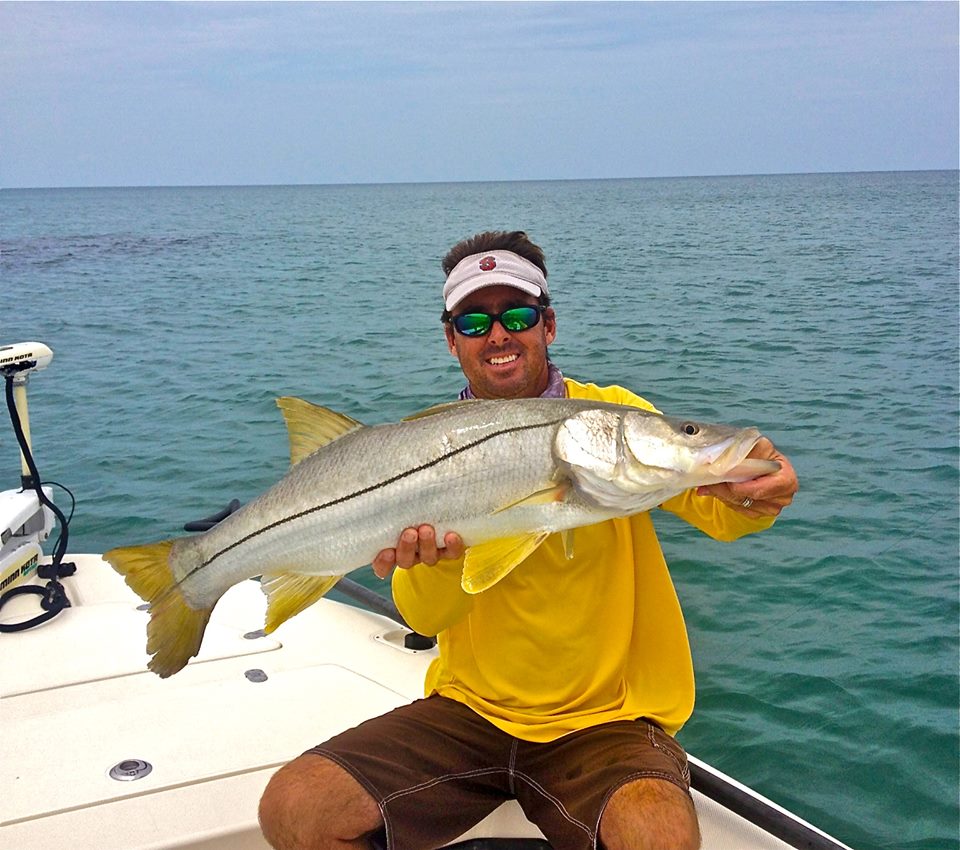
Image courtesy Cortland Line Company
WHERE TO LOOK
Once winter locks the region in its icy grip, snook retreat to the deepest water they can find in coastal rivers, canals and marina/port basins. Here, they’ll pass the coldest season in a lethargic state with minimal movement and even less feeding. Warm days may find some fish rising to shallow edges to sun their backs and chase whatever prey is available.
Until this winter lockdown, however, look for snook to feed around the mouths of coastal creeks and canals and within the protected waters of bays. Potholes amid lush sea grass, mangrove points and oyster bar drop‐offs are the likely haunts.
“They can slide in and out with the weather,” Stock said of these transitional areas. “If the water gets colder, they’ll pull back inside.”
Whatever you do during the fall and winter, keep watch for mullet schools, which provide what Stock calls “a buffer for fish.” Snook know that running alongside and within mullet schools provide shelter from dolphins and ospreys while affording them feeding opportunities, as their vegetarian hosts kick up loads of crustaceans.
Savvy snook know to pick off these mullet‐jostled freebies. Savvy anglers know that making their topwaters, jigs and swimbaits resemble these freebies yields a bent rod.


